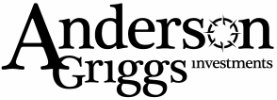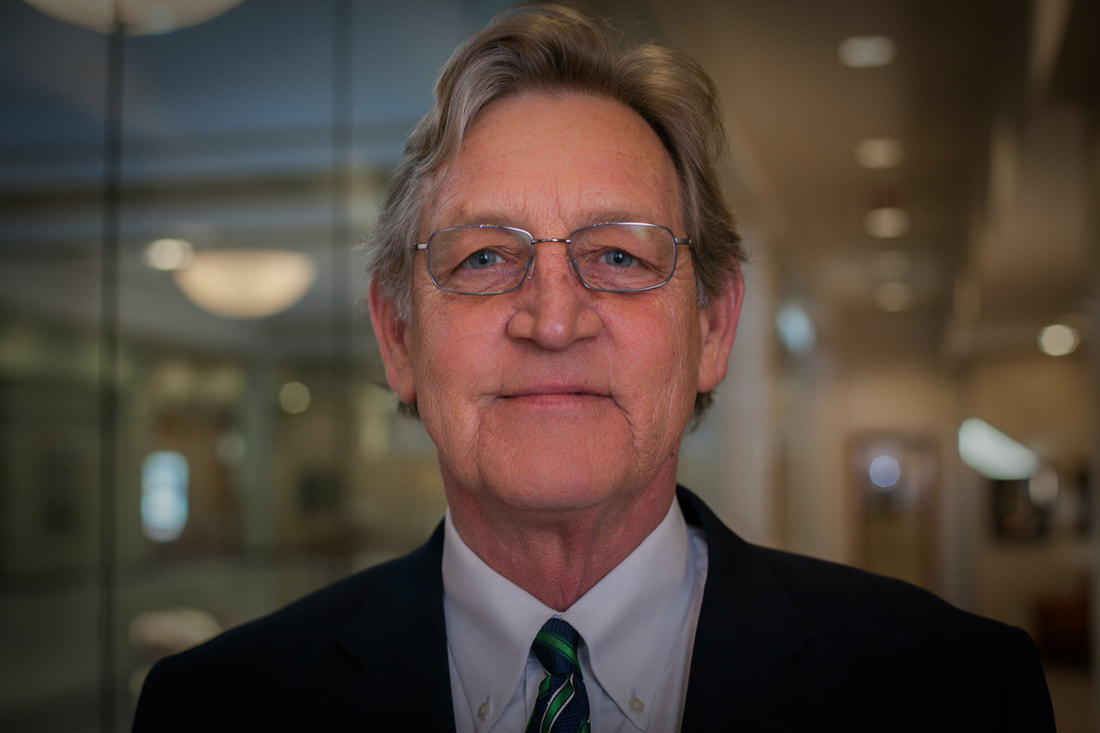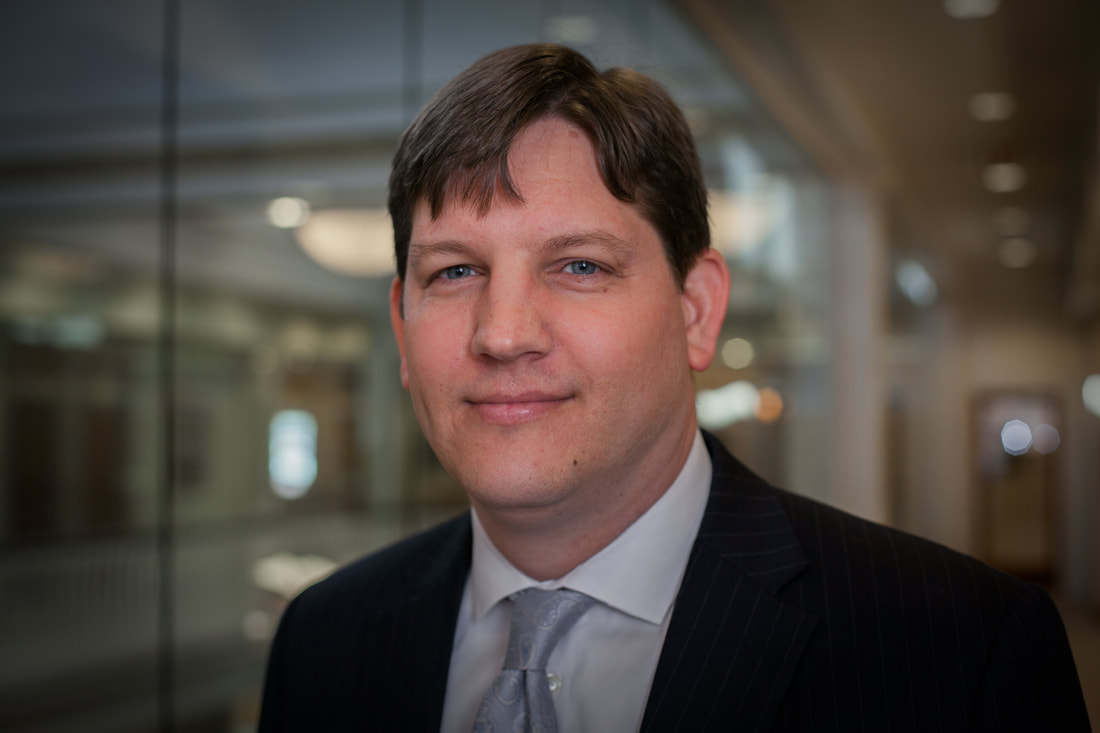|
On March 11th, I attended the 8th Annual College of Charleston Strategic Investment Symposium. The symposium is hosted and conducted by the CofC School of Business Investment Program. The Symposium itself is quite an accomplishment. It continues to grow year after year, attracting an increasingly impressive line-up of key-note speakers and investment business owners. These top presenters, who you have probably seen on any of the big finance news slots, are there for those in the industry lucky enough to attend, but most importantly for the students of the Investment Program. The School of Business Investment Program is an opportunity for some of the best students from the business school to put what they’ve learned in the classroom to work. They employ asset valuation, group collaboration, and portfolio management skills to manage an investment portfolio with real money, donated from various sources attached to the school. You can find out all about the program, as well as the students’ presentation of their portfolio holdings and annual reports, at the program’s website. This is obviously a great opportunity for students and looks fantastic on a resume. The Symposium is a further extension of the Investment Program. It brings top-notch firms into contact with the best and brightest students, allowing them to show off their work, get noticed, and get excellent jobs. All of this is mostly thanks to the work of the program directors, Dr. Mark Pyles and Dr. Kenneth Soyeh. Dr. Pyles usually moderates the big sessions at the beginning, and you can quickly tell by his interaction with the students that he both loves and is well loved by them. All of what he has built has been for his students, and the hard work and dedication has created great yields for them as well as for the school.
Well, I personally enjoy these conferences for many reasons. I obviously get to get out of the office on a road trip. I get fancied up, they have good food, and I can sit back in a low stress setting and just take knowledge in. I talked to two students who graduated from the program last year. One is helping manage MUSC’s endowment, and the other is a trader for a family office, so the job placement worked. The kids are all extremely bright and outgoing, and you can tell they are excited to be a part of the event. They are also just as young and overly confident as I was when first starting out. I particularly enjoyed listening in on their cryptocurrency conversation in the bathroom line. But the speakers, and their insight into what’s going on in the world, and where they see investing moving forward, is the biggest draw for me, and I wanted to share some of that with you. The main presenters each had decades of experience. Chief Global Market Strategists from Invesco and J.P Morgan Asset Management, as well as the Chief Investment Officers from Cresset, Raymond James, and Oppenheimer Asset Management started things out in two separate sessions. After those morning sessions, I went to breakout sessions about Fixed Income, Private Equity Investing, and Deep Value Investing. Don’t worry, I don’t plan to bore you all with the minutiae of each of these presentations. I’m just going to offer the big picture points I took in. Although, when it comes down to it, most of you would have been quite at home with many of the discussions. Both economics and investing are more social science and psychology than anything else. When you are talking money, from the smallest savings account to expected GDP growth of China, you are discussing people. How are people, knowing what they know today, and carrying their own personal baggage of the past, going to react going forward? The bottom line is never just simple numbers and statistics. So what were the big points? It was more of the same that you see on the financial news, though presented in a less dramatic fashion. People managing money today are focused on inflation, growth (or the lack of growth… recession), and the current “shocks” to the system (Ukraine and Oil Prices). How are these subjects going to affect the equity markets, the bond markets, and the ability and propensity for people to spend? Inflation first – overall, even though we are experiencing higher inflation than we’ve had since the very early 80s, everyone was in consensus that it will trend lower, and probably do so sooner rather than later. Most projections by the Federal Reserve and other analysts have expected inflation over the upcoming 10 years, still close to the 2% figure you hear so much about. That may be hard to accept with the last figure given at 7.9%, and with people in the news saying 9% will be the top. However, there are two big reasons why things will get better. First, it’s taking longer than any of us want, but the supply chain costs will get better, and that will be a major reduction in the current figures. Wages and rents, though, will be “sticky.” That just means those two inputs into the inflation total package will remain higher than they have been for some time. Secondly, everyone at the conference had faith in the Federal Reserve and Central banks, and their ability to combat inflation. This final point leads us into economic growth and whether we can avoid recession. David Kelly is the Chief Global Strategist of J.P Morgan Asset Management, and he directly addressed a question about the risks of recession. He said that although avoiding recession looks much harder outside of the U.S., it is unlikely here at home. He says three things are required for a recession; (1) an economy close to full employment, (2) a shock to the system, and (3) policy mistake. Well, we are close to full employment with such low unemployment levels, but the big thing is the number of available jobs. The job market is strong, so labor markets aren’t tight due to a lack of employment opportunities. This does lead to “sticky higher wages” though. Also, we have experienced a shock to the system, with Ukraine and oil prices. However, Kelly said it would take sustained oil prices of $150 a barrel to cause a big enough effect to put us into recession on their own. We recently spiked up hard to close to $124 a barrel, but just as quickly we’ve dropped back below $100. It is still a metric we need to pay attention to. The final recession ingredient needed was “policy mistake.” Here he is speaking about Fed policy mistakes, and again I saw nothing but confidence in Jerome Powell and the current Federal Reserve. You hear a lot of “experts” complaining about the Fed, and saying they’ve acted too late and have messed things up. What was discussed at the symposium, however, was how much better the current Federal Reserve is than when it was led by Alan Greenspan, who gave cryptic communication that only increased uncertainty. Last, I’ll discuss shocks to the system, and I promise to be quicker here. Although what’s happening in Ukraine is terrible, by itself it is not a shock to the system that should push us into recession, barring other offshoot effects such as oil prices, or possibly a larger war. Nothing related to Ukraine that we currently see is going to slow the American consumer either. One of our biggest strengths compared to the rest of the world when it comes to economic growth is our resilient consumer. Despite the price increases we are all feeling, household spending growth expectations continue to increase. One statement was made that really stuck out to me, and it can sit differently depending on how you digest it, but it was this: “American Consumers buy things when they are stressed out.” I do think that statement is very true of Americans. We buy stuff when we are stressed and unhappy, and despite that reflecting unfortunate circumstances, it is a big tool in our toolbox to fight recession. I will wrap up with a big broad takeaway of more “relevant to you” investment indications. The bond guys were less than optimistic on the near future. We are entering a rising interest rate environment, which is bad for current bond holdings. However, I check Certificate of Deposit rates all the time, and I am just now seeing 3-month rates close to 0.25%. As the Fed continues to raise their federal funds rate, we will start to see better short-term rates that we’ll participate in. So what was everyone talking about investing in today and going forward? You may have also seen this recently from many talking heads on the T.V., but it is U.S. companies described as “large, quality, low debt, cash heavy, dividend payers.” Even if it has become boring to you by now, that is a constant theme in our letters. We have faith in those type of companies and our selection process is driven by it. With the recent market jumbling we’ve experienced, there are opportunities available for our cash “dry powder” that we will be putting to use. And hopefully we’ll get a kicker as more and more people investing for the future decide to follow suit, but either way investing in quality has made sense and will continue to do so going forward. Justin Anderson Comments are closed.
|
Kendall J. Anderson, CFA, Founder
Justin T. Anderson, President
Categories
All
Archives
April 2024
|
|
Common Sense Investment Management for Intelligent Investors
|



 RSS Feed
RSS Feed